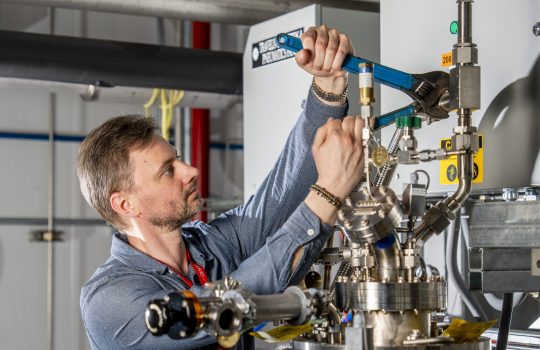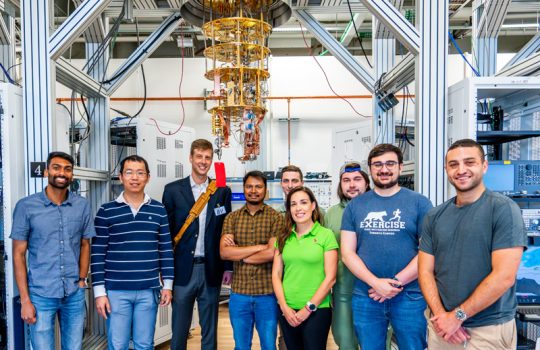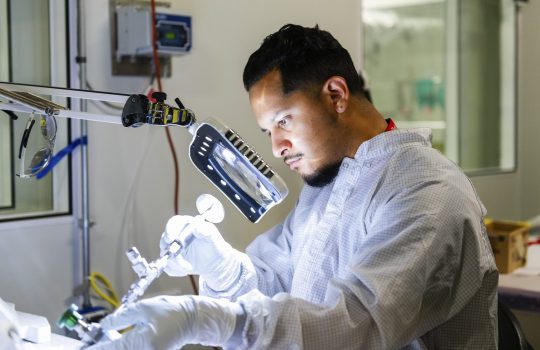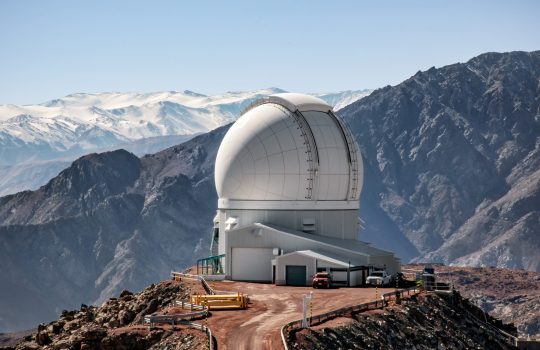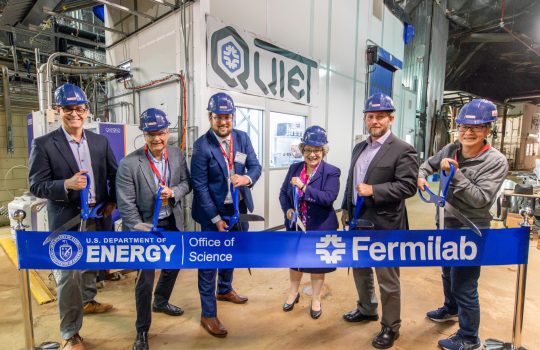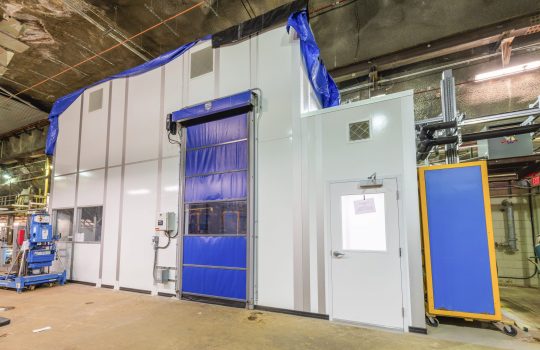Brazilian researchers discover new way to purify liquid argon for neutrino experiments
Physicists use large particle detectors filled with liquid argon to study neutrinos. Brazilian scientists discovered that a commercially available material can significantly reduce the amount of nitrogen in liquid argon, which improves the detection of neutrino interactions.

